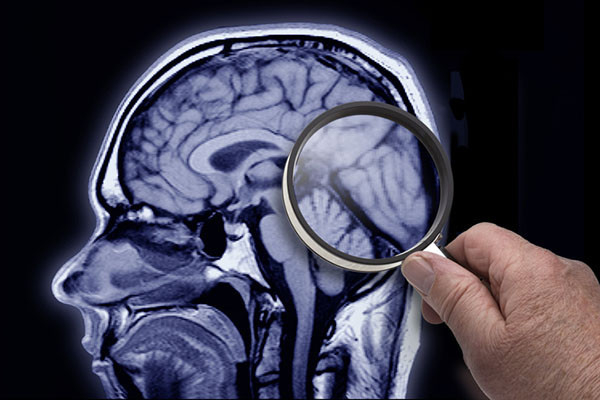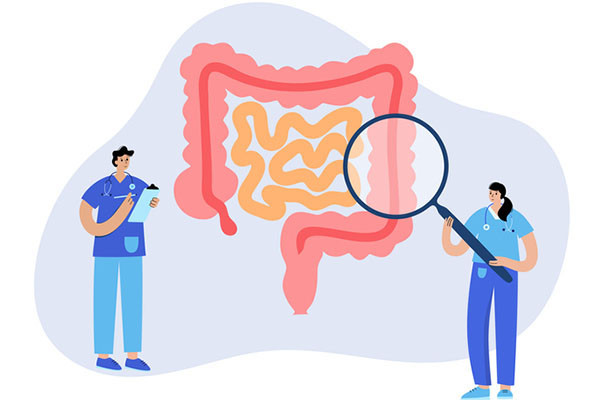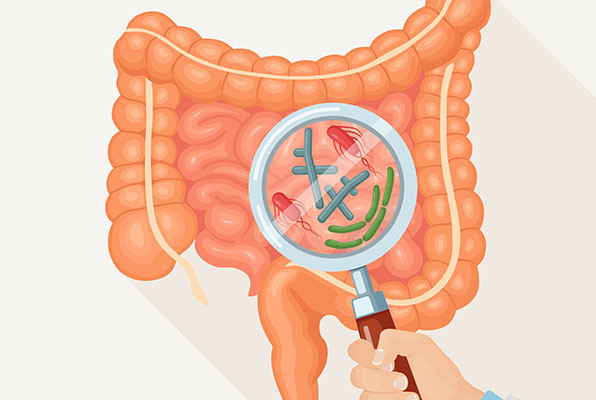
If you’re in your 80s or 70s and you’ve noticed that you’re having some memory loss, it might be reasonable to be concerned that you could be developing Alzheimer’s disease or another form of dementia. But what if you’re in your 60s, 50s, or 40s… surely those ages would be too young for Alzheimer’s disease or dementia, right?
About 10% of Alzheimer’s disease is young onset, starting before age 65
Not necessarily. Of the more that 55 million people living with dementia worldwide, approximately 60% to 70% of them have Alzheimer’s disease. And of those 33 to 38.5 million people with Alzheimer’s disease, memory loss or other symptoms began before age 65 in 10% of them. Alzheimer’s is, in fact, the most common cause of young onset dementia. A recent study from the Netherlands found that of those with a known classification of their young onset dementia, 55% had Alzheimer’s disease, 11% vascular dementia, 3% frontotemporal dementia, 3% Parkinson’s disease dementia, 2% dementia with Lewy bodies, and 2% primary progressive aphasia.
Young onset dementia is uncommon
To be clear, young onset dementia (by definition starting prior to age 65, and sometimes called early onset dementia) is uncommon. One study in Norway found that young onset dementia occurred in 163 out of every 100,000 individuals; that’s in less than 0.5% of the population. So, if you’re younger than 65 and you’ve noticed some trouble with your memory, you have a 99.5% chance of there being a cause other than dementia. (Whew!)
There are a few exceptions to this statement. Because they have an extra copy of the chromosome that carries the gene for the amyloid found in Alzheimer’s plaques, more than half of people with Down syndrome develop Alzheimer’s disease, typically in their 40s and 50s. Other genetic abnormalities that run in families can also cause Alzheimer’s disease to start in people’s 50s, 40s, or even 30s — but you would know if you are at risk because one of your parents would have had young onset Alzheimer’s disease.
How does young onset Alzheimer’s disease differ from late onset disease?
The first thing that should be clearly stated is that, just as no two people are the same, no two individuals with Alzheimer’s disease show the same symptoms, even if the disease started at the same age. Nevertheless, there are some differences between young onset and late onset Alzheimer’s disease.
People with typical, late onset Alzheimer’s disease starting at age 65 or older show the combination of changes in thinking and memory due to Alzheimer’s disease plus those changes that are part of normal aging. The parts of the brain that change the most in normal aging are the frontal lobes. The frontal lobes are responsible for many different cognitive functions, including working memory — the ability to keep information in one’s head and manipulate it — and insight into the problems that one is having.
This means that, in relation to cognitive function, people with young onset Alzheimer’s disease may show relatively isolated problems with their episodic memory — the ability to form new memories to remember the recent episodes of their lives. People with late onset Alzheimer’s disease show problems with episodic memory, working memory, and insight. So, you would imagine that life is tougher for those with late onset Alzheimer’s disease, right?
Depression and anxiety are more common in young onset Alzheimer’s disease
People with late onset Alzheimer’s disease do show more impairment, on average, in their cognition and daily function than those with young onset Alzheimer’s disease, at least when the disease starts. However, because their insight is also impaired, those with late onset disease don’t notice these difficulties that much. Most of my patients with late onset Alzheimer’s disease will tell me either that their memory problems are quite mild, or that they don’t have any memory problems at all!
By contrast, because they have more insight, patients with young onset Alzheimer’s disease are often depressed about their situation and anxious about the future, a finding that was recently confirmed by a group of researchers in Canada. And as if having Alzheimer’s disease at a young age wasn’t enough to cause depression and anxiety, recent evidence suggests that in those with young onset Alzheimer’s disease, the pathology progresses more quickly.
Another tragic aspect of young onset Alzheimer’s disease is that, by affecting individuals in the prime of life, it tends to disrupt families more than late onset disease. Teenage and young adult children are no longer able to look to their parent for guidance. Individuals who may be caring for children in the home now need to care for their spouse as well — perhaps in addition to caring for an aging parent and working a full-time job.
What should you do if you’re younger than 65 and having memory problems?
As I’ve discussed, if you’re younger than 65 and you’re having memory problems, it’s very unlikely to be Alzheimer’s disease. But if it is, there are resources available from the National Institute on Aging that can help.
What else could be causing memory problems at a young age? The most common cause of memory problems below age 65 is poor sleep. Other causes of young onset memory problems include perimenopause, medication side effects, depression, anxiety, illegal drugs, alcohol, cannabis, head injuries, vitamin deficiencies, thyroid disorders, chemotherapy, strokes, and other neurological disorders.
Here are some things that everyone at any age can do to improve their memory and reduce their risk of dementia:
- Perform aerobic exercise.
- Eat Mediterranean-style meals.
- Avoid alcohol, cannabis, and drugs.
- Sleep well.
- Participate in social activities.
- Pursue novel, cognitively stimulating activities, listen to music, practice mindfulness, and keep a positive mental attitude.
About the Author

Andrew E. Budson, MD, Contributor
Dr. Andrew E. Budson is chief of cognitive & behavioral neurology at the Veterans Affairs Boston Healthcare System, lecturer in neurology at Harvard Medical School, and chair of the Science of Learning Innovation Group at the … See Full Bio View all posts by Andrew E. Budson, MD













